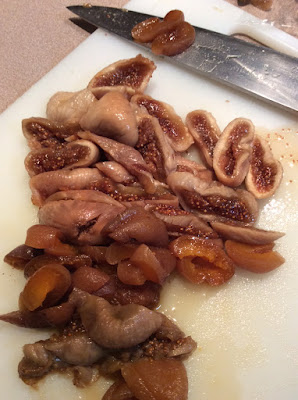Michel frequently goes to San Francisco on business. He has traveled so much over the years that he’s tried just about every kind of food and lodging available on the four continents he’s inhabited, from the posh to the puritanical. Over time he has settled on some favorite places to eat and sleep in the cities he visits most often.
When it comes to food, Michel doesn’t mind occasionally paying for pricey meals if the outcome is worth the cost. It’s a matter of value. He prefers simple, well-prepared dishes to overwrought, “ungepatchket” fare. What’s ungepatchket? It’s a Yiddish word (grammatically, the adjective form) for something “overly ornate, busy, ridiculously over-decorated, and garnished to the point of distaste,” says UrbanDictionary.com. You’ve seen those menu items with meandering descriptions about locally sourced micro greens and other ingredients that often “smother” the main element of a potentially disappointing dish. That’s ungepatchket. Louisville people will understand Michel’s description of these offerings: “That means the chef drags it up one side of Bardstown Road without touching the grassy spots and then drags it down the other side of Bardstown Road while *only* touching the little grassy spots before it comes to the table.” Translation: All of those superfluous preparations add absolutely nothing to the food.
The owner of Bio is a beautiful lady named Sylvie. She has a lovely, engaging smile and makes what Michel has declared to be “the best chocolates in the world.” Just for the sake of clarification, I asked him if Sylvie’s chocolate treats are better than those he raved about eating in Lausanne (as described in a previous post). His answer: Better! Sylvie makes the best chocolates in the world. Did I mention that many are gluten free? Take that, Switzerland!
Sylvie is originally from Madagascar. For her Bio French Café, she prepares the most delicious vegan and vegetarian items—a surprising twist since Sylvie is neither vegan nor vegetarian herself. The wide variety of salads and sandwiches never disappoint and there’s always an ample array of beverages including house-made kombucha. In fact, Michel had his first taste of kombucha at Bio. Also on the menu: vegan quiche. Michel has attempted to replicate this dish and I’ll post that epic adventure and recipe another time.
On a recent visit, we shared a Protein Ball made with quinoa, flax, and all manner of other good things. It was quite satisfying and not unlike a healthful, adult-y version of a Rice Krispie treat.
Another surprise about Bio Café? The prices. Incredibly reasonable, especially by San Francisco standards. A visitor can have a quiche with side salad or Sylvie's freshly made yogurt topped with beautiful raspberries along with a giant chocolate dessert and a delicious cup of coffee for about ten bucks. Yep.
Next time you’re in San Francisco, you
really should stop by 75 O’Farrell Street, order some vegan chocolates and a
coffee, and have a seat at a cozy outside table while you enjoy Sylvie’s
incomparable treats al fresco.











































